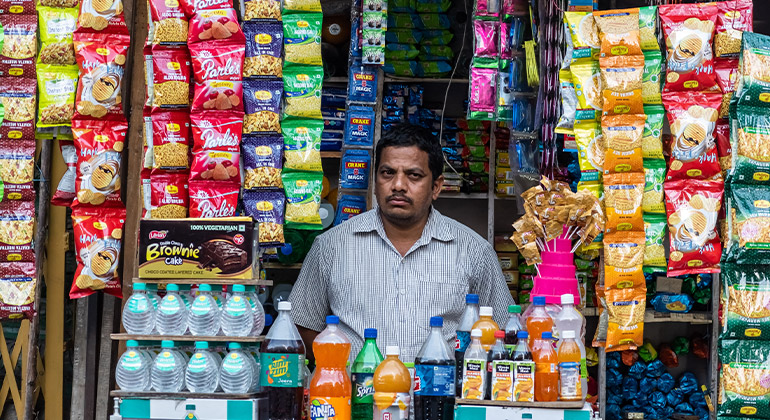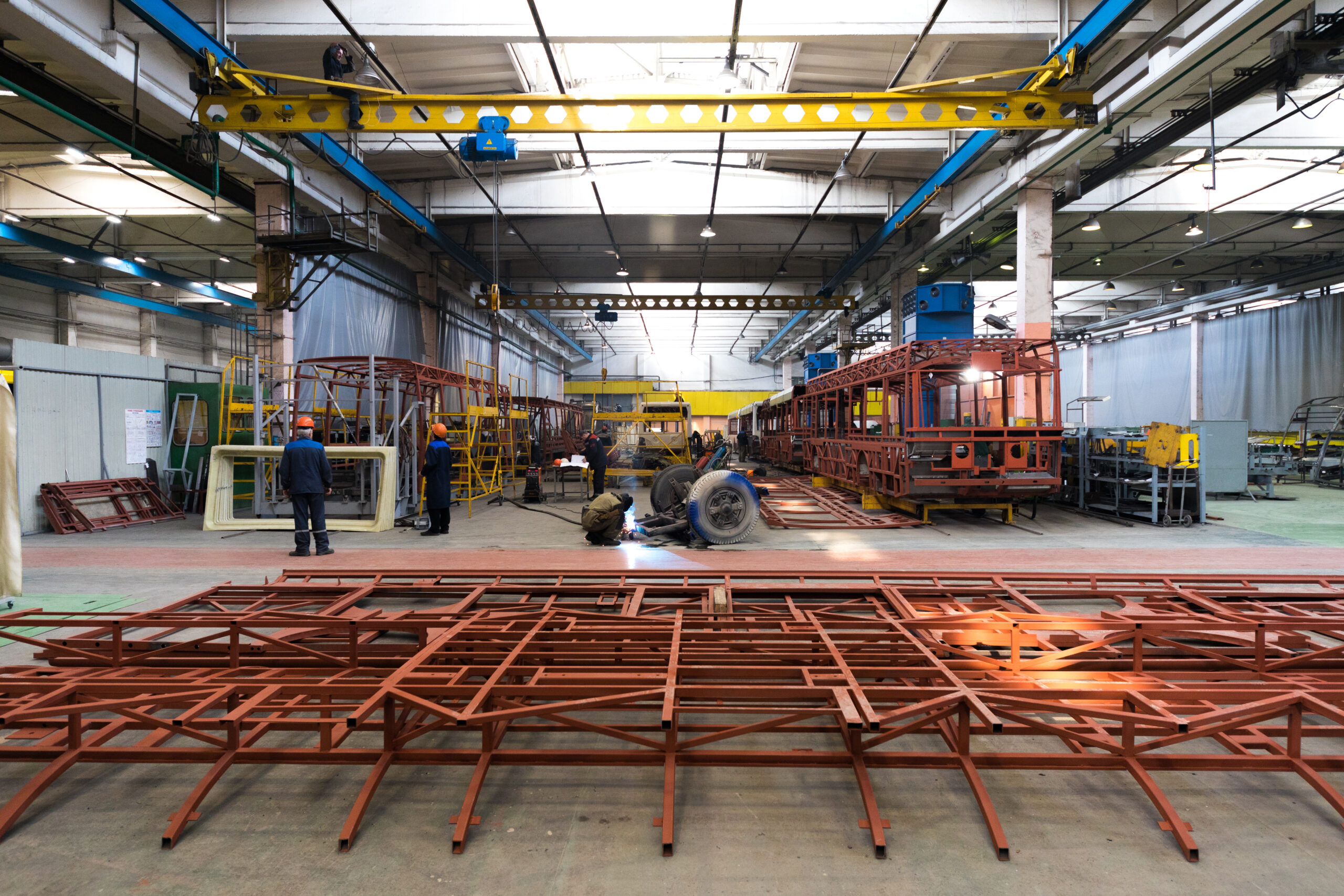Vayana for MSMEs
Kiranas are choosing FinTech and Financing solutions to remain evergreen

Everyone has a childhood story of their favorite kirana store. One friend remembers taking her grandmother’s change to buy chips from the store outside her society. Identifying flavors with colors, she said, “I would always ask the shop uncle for the red one.” Now much older, she continues to buy her weekly groceries from the same shop, but now places her orders through WhatsApp to have them delivered at home. As the store adapts to modern needs, it now uses financing solutions to maintain a wider variety of stock and offer additional conveniences like delivery.
Another friend remembers a story from school. Just when the day ended with the bell ringing, he and his friends would run to the general store right opposite to grab sandwich ice creams and samosas with chutney. The uncle would patiently hand over the items to the children who had muddy shoes and messy uniforms from the playground. He would write the amount against each parents’ account to be cleared later with their monthly grocery bills. The little boy now a father, continues to do his monthly shopping at the same store but pays using UPI.
Times have changed for small businesses, especially for our favourite kirana stores. In the wave of India’s digital transformation, these last mile retailers even if not the most technologically advanced, are using their smart business sense to keep adapting.
Let’s look at some ways in which kiranas are enabling their brick-and-mortar stores to be more forward looking.
1. Choosing easy financing to expand procurement.
At the kirana, I ticked everything off my list, except Soy sauce. Unable to locate it, I told my friend if we can stop by the bigger store on the way back. The kirana owner overhearing this, asked me if we would wait a couple of hours for him to source and deliver it to my home. Lo and behold he did, even assuring me to have the sauce stocked from now on. While this is a small example, retailers are trying every day to understand and stay head of changing tastes. For this, they need to have a wider range of products on shelf, experiment with fresh-to-market launches, and play with seasonal demand. However, to perform these procurement activities they require funds or financing above and beyond their basic working capital. To bridge this cashflow gap, they use retailer financing that comes with no collateral, a recurring limit, and a completely digital deployment. Moreover, it allows direct & instant supplier payments, not only helping the retailers source higher number of goods, but also aiding in cash and trade discounts, increasing retailer’s margins and profitability. Hence, the resourceful shop owner has found a way to have adequate spare cash for experimenting and staying relevant amongst modern supermarkets.
2. Opting for quick payments mechanisms for easier operations
Here the story begins with cold coffee. Having already done a trip that morning, I seemed to have forgotten to buy milk for the drink. With the guests on the way, and a dish still cooking on the stove, I quickly called Sharmaji to urgently send across two packets with his delivery boy. Much like how I felt that day – a multi-tasking maestro, this is the daily reality of many kirana store owners where operations, sales and finance, all fall in the hands of one or two individuals. Yet for them, being able to put the customer first, is always the priority. For this, retailers choose services that bring speed and convenience. One way is to have a commercial card that connects to a digital portal. It can aggregate bills and save multiple vendor details, as well as offer the appropriate payment gateway to complete the payment. This avoids the movement of any cash and doesn’t need the retailer to travel to the vendor’s location for swiping the card. Thus, when retailer opts for services that simplify payments, they achieve both, a good relationship with their suppliers and enough time for front-facing activities – the key to meaningful customer interactions.
3. Setting up error-free inventory management to conserve resources
Many kirana stores are family-run businesses, hence the evolution of the store is often a reflection of each generation’s dream. What was once a store with shampoo sachets at the entrance is now a (tight) 2-aisle store with bright headlights. In competition with e-
commerce models and not armed with a large warehouses or app-based store fronts, kiranas have had to get smarter in other ways. The kirana’s speciality is in remaining cost efficient, especially through future-ready digital systems. One of the biggest sources of cash mismanagement is badly judged inventory planning. To efficiently manage stock, retailers can purchase quantities for that period, on a need basis. As Hylobiz’s Stock Management tool gives the retailer a clear view of the seller’s stock, to pick and choose easily. The option to quickly turn the purchase order into an invoice, and complete payment through an attached link helps initiate a timely delivery. This helps the kirana be efficient with their cash, have their stocks more closely mirroring demand be on time with their payments. In such ways the younger generation incorporates smart ways of trading to transform the ‘store’ into a healthy business.
While kiranas might not always have scale on their side, they continue to maintain excellence in customer-centricity and omni-channel retail service. And with time, through newer platforms, new opportunities of financing and digital services, their capabilities become more refined, only serving to be a better provider for their neighbourhoods and loyal customers. By constantly adapting, the kirana ensures that while time changes us and our families, their role in our life never fades.







